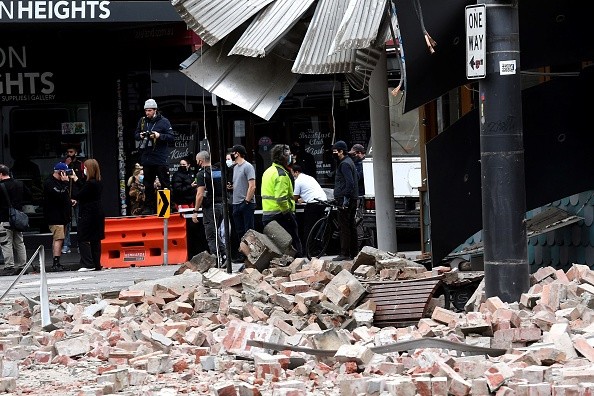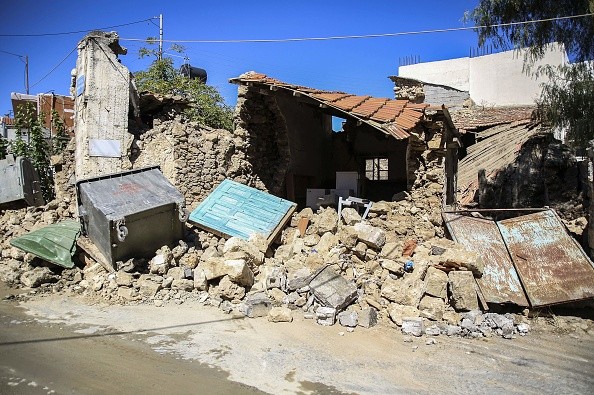The ninth and tenth earthquakes in a series of rumblings near South Carolina's capital city have prompted geologists to question how long the convulsions will endure, or if they could possibly foretell future, more significant seismic activity.

Insight into California's Continuous Earthquakes
According to the US Geological Survey, regions close to Elgin, about 25 miles northeast of Columbia, were struck by a 2.6-magnitude quake early Wednesday. Officials said the depth of the quake was 0.5 kilometers. Seven hours later, another quake with magnitude 1.5 on the Richter scale struck the area, according to authorities.
A string of earthquakes, the largest of which was a 3.3-magnitude quake on December 27th, has focused on this small village of fewer than 2,000 people near the boundary of Richland and Kershaw counties, according to Phys.org.
The tremor sounded like a concrete truck or big construction equipment roaring down the road as it shattered glass windows and doors in their frames.
There have been nine more earthquakes in the area since then, ranging in magnitude from 1.5 to Wednesday's 2.6. So far,no one has been reported hurt or anything has been damaged.
The Emergency Management Division of South Carolina estimates that the state experiences up to 20 earthquakes a year on average. This isn't the first time a cluster of quakes has occurred, they happened like six in less than a week last year near Jenkinsville, approximately 38 miles (61 kilometers) to the west.
Also Read : Can Pets Predict an Incoming Earthquake? Animals' Eerily Amazing Perception May be the Key
Earthquakes Aren't New to California
South Carolina is no stranger to earthquakes, but they tend to occur closer to the shore. The Middleton Place-Summerville Seismic Zone, located about 12.4 miles northwest of Charleston, is the site of about 70 percent of South Carolina earthquakes, according to emergency management experts.
Seismologists said that in 1886, a massive earthquake struck this historic seaside city, creating the greatest documented quake in the Southeast's history. At least a magnitude 7 earthquake struck the area, killing at least dozens of people and destroying dozens of buildings.
There had been several lesser tremors before the large quake, but it wasn't understood that the foreshocks were necessary leading up to something terrible until after the major quake.

Why Does the Quakes Keep Occuring?
Steven Jaume, a geology professor at the College of Charleston, tells the Charleston Post and Courier that the foreshocks that preceded the city's devastating earthquake in 1886 were "rare."
On Wednesday, Jaume told the AP that scientists can't see it coming. According to him, there is no clear movement or change that scientists can point at and say, 'This is leading to this.'
As a result, Jaume believes that the recent quakes near Elgin, which are located along an extensive fault system that stretches from Georgia through the Carolinas and into Virginia, can be classified as "aftershocks" of the initial one, which occurred on December 27.
However, the fact that the incidents keep reoccurring more than a week after the initial one has sparked concern among researchers who study these events.
Scientists expected them to be gone by now, but they haven't disappeared as quickly as thought. How do scientists explain it?
Related Article : Ten Earthquakes Struck Puerto Rico, No Tsunami Threat to the Island
For more news, updates about Earthquakes and similar topics don't forget to follow Nature World News!
© 2025 NatureWorldNews.com All rights reserved. Do not reproduce without permission.





